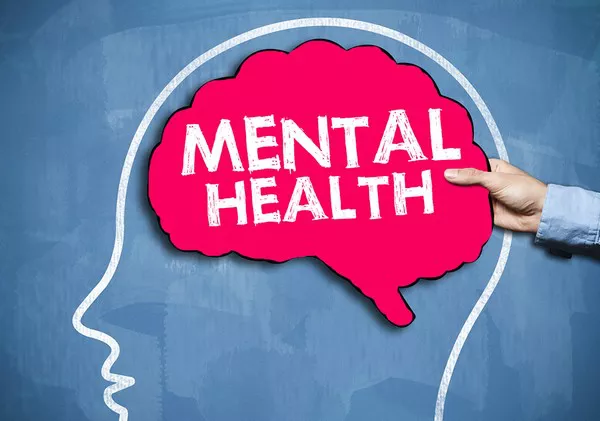A recent study sheds light on the profound impact of light exposure, both during the day and night, on mental health. According to the research, nighttime light exposure may increase the risk of psychiatric disorders, emphasizing the importance of maintaining a healthy circadian rhythm.
Published in the journal Nature Mental Health, the study reveals that individuals exposed to higher levels of light at night faced an elevated risk of anxiety, bipolar disorder, PTSD severity, and self-harm risks. Conversely, those exposed to increased daytime light reduced their risk of depression and other psychiatric conditions.
Sean Cain, PhD, one of the study’s authors and an associate professor at the Monash School of Psychological Sciences and the Turner Institute for Brain and Mental Health, emphasized the significance of adhering to natural light patterns. He stated, “Our findings confirm that the most healthy light patterns are the more natural patterns of bright days and dark nights. This is the type of light we evolved under and what our bodies expect.”
The Impact of Light Exposure
To investigate the intricate connection between light and mental health, the research involved an 87,000-person cross-sectional analysis of light, sleep, physical activity, and mental health. Participants underwent light monitoring and rest cycles for one week to understand how light exposure during different times of the day and night correlated with various psychiatric disorders associated with disrupted circadian rhythms.
The results showed that individuals exposed to high levels of nighttime light had a 30% increased risk of depression, while those exposed to high daytime light reduced their risk of depression by 20%. Similar patterns were observed for PTSD, generalized anxiety disorder, self-harm behaviors, bipolar disorder, and psychosis.
Cain explained the link between light and mental health, saying, “Mental illness is often worse at night. As light makes us feel better, it likely draws us to use more light. In the short term, we may feel better, but in the long term, it’ll disrupt our rhythms and likely lead to poorer mental health.”
The Role of Light in Circadian Rhythms
Exposure to light during the day strengthens the body’s internal clock, known as the circadian rhythm, which helps regulate the body’s physiology. Conversely, exposure to light at night weakens this internal clock. This circadian rhythm, governed by a 24-hour clock at the base of the brain, expects light during the day and darkness at night. Contrary signals, such as dim days and bright nights, disrupt this cycle, leading to issues with sleep, hypertension, obesity, stroke, heart disease, gastrointestinal problems, and more.
However, it’s essential to note that not all light is the same. Natural light, which is generally brighter, is preferred for daytime exposure. Artificial light can be adjusted to mimic the effect of outdoor light, primarily through the use of blue wavelengths during the day, but it should be avoided at night.
The Best Types of Light for a Healthy Circadian Rhythm
Maintaining a healthy circadian rhythm involves optimizing light exposure. While maximizing bright daylight is beneficial, it may not always be feasible. To address this, Cain recommends the use of smart lights that can automatically adjust to become dim and warm, resembling candle-like light. This minimally impacts circadian rhythms, particularly when set to dim and warm a few hours before bedtime.
Additionally, red light therapy has proven effective in supporting the body’s natural clock. Research from 2019 showed that a combination of red and ambient white light in the afternoon improved circadian rhythm and alertness. This therapy can be particularly valuable for individuals with seasonal affective disorder (SAD), a condition linked to changes in serotonin and melatonin levels during the winter months.
Tatiana Rivera Cruz, an ADHD advisor and therapist, suggested using SAD lamps in the morning for 20 to 30 minutes, and intermittently throughout the day, with additional use in the evening after sunset. She emphasized that this therapy can enhance mental health, wound healing, and pain management.
Incorporating these insights into daily life can contribute to better mental health and well-being by aligning with the body’s natural circadian rhythms.


